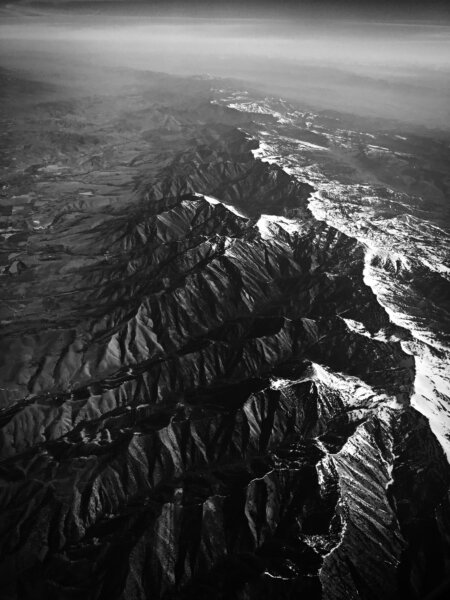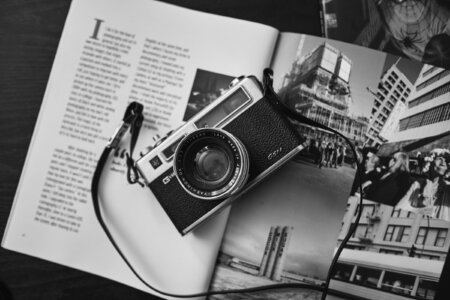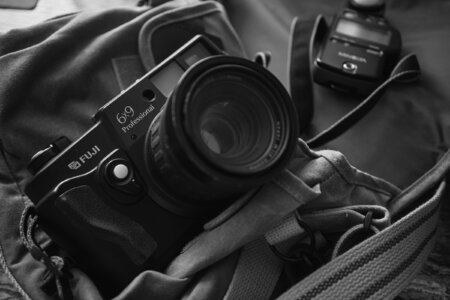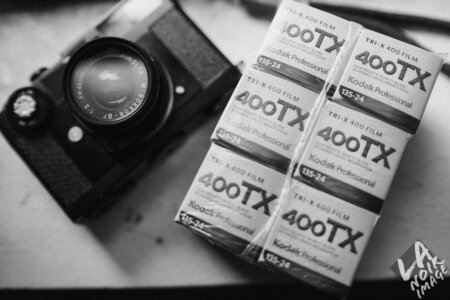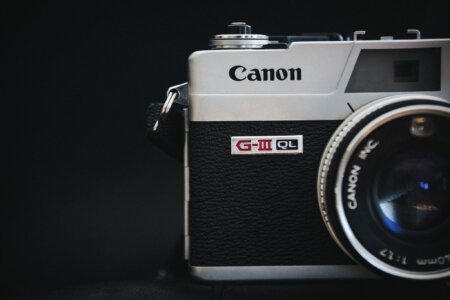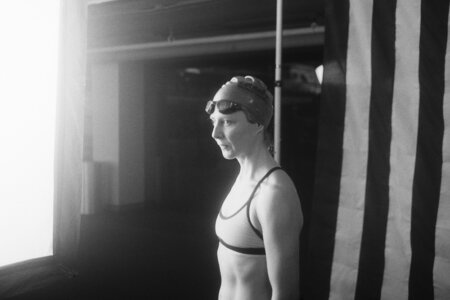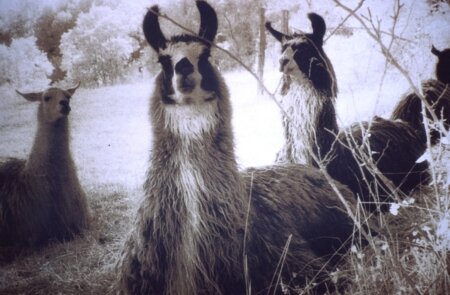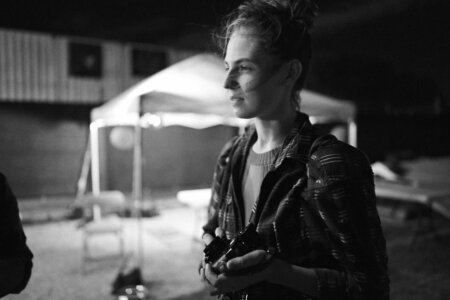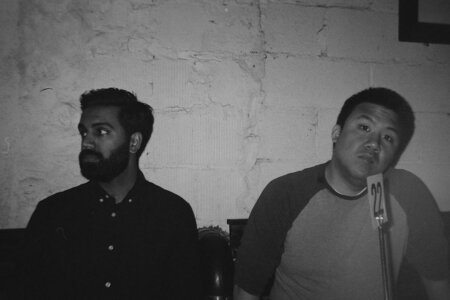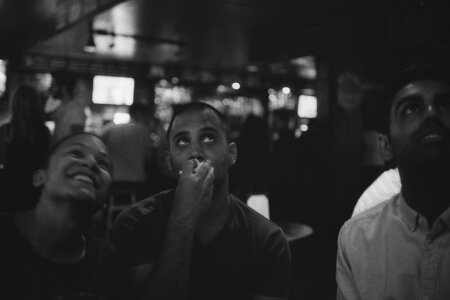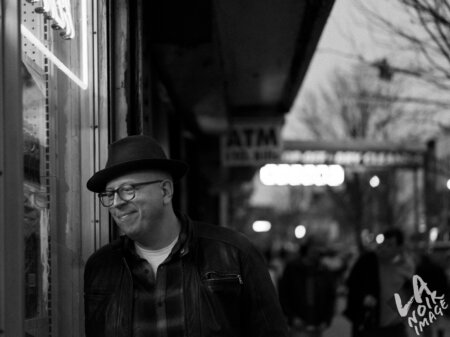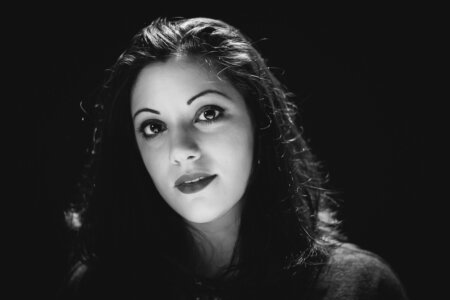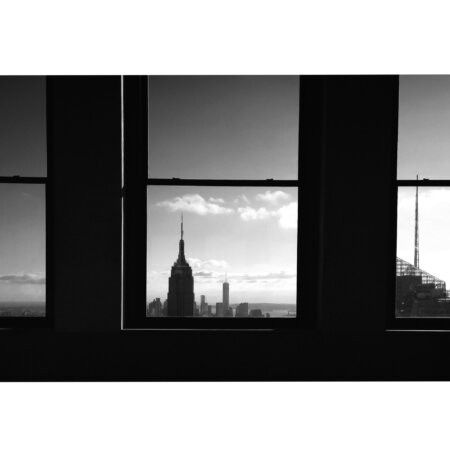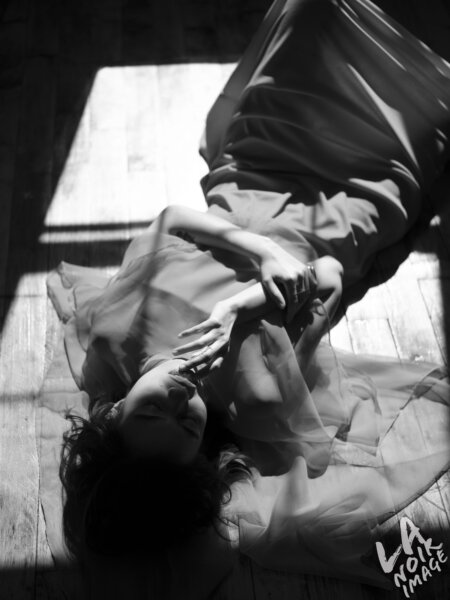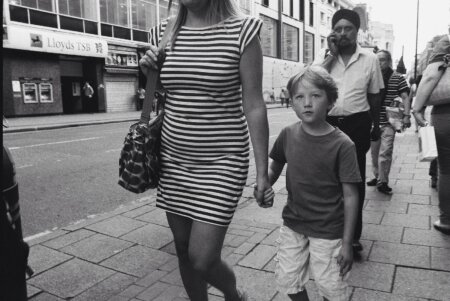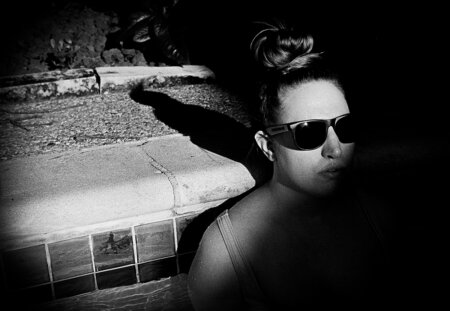This is going to sound a bit odd, I mean how the heck are megapixels and black and white correlated? Does it have to do with details? Well, no; not really. Instead it has to do with the capabilities of your camera sensor and more often than not, lower megapixel cameras aren’t as capable when it comes to editing. Lower megapixel cameras are great when it comes to high ISO output. But with higher megapixels, you often get great dynamic range and colors. Believe it or not, that’s exactly what you want and need here.
An inspiring documentation of the monochrome lifestyle
Tagged camera
Black and White Photography is Truly The Best Way to Embrace Image Noise And You Shouldn’t Be Ashamed About it
…in that way, you can cover up or embrace those flaws that others may be distracted by with a simple conversion to black and white.
Long Term Review: Yashica GSN Electro 35 (Premium)
When Yashica hinted at the fact that they were coming out with a new camera, I expected something like the Yashica GSN Electro 35. But instead, I was given something that is much different but that arguably can’t be called a Yashica camera in the sense that we’ve known it to be. It’s something much different. And for me, my reintroduction to film came with the Yashica GSN Electro 35. It was many years ago: companies just didn’t get it back then. I (and apparently many others) wanted a camera that looked good, had retro aesthetics, and that took great photos. To get those aesthetics, I ended up going and getting a Yashica camera. Olympus broke the mold, then Fujifilm, and then everyone else tried getting into it. Yet to this day, no one makes anything quite like those old retro cameras except for maybe Leica.
Rangefinder Camera Review: Fujifilm GW690 III (Premium)
In the medium format world, you’ll find that there are a whole lot of rangefinder cameras, but not a whole lot of good ones–the Fujifilm GW690 III is the exception to that statement. When we talk about medium format rangefinders, lots of folks immediately whisper Mamiya, Bronica, Fujifilm–no one mentions Voigtlander or Zeiss. But as it is, Fujifilm’s highest end rangefinder could could indeed be this. While there were newer cameras to come out with a light meter and all, nothing really matches the sheer size of a gorgeous 6×9 negative. That’s what the Fujifilm GW690 III fires. Originally designed for landscape photographers, it’s found its way into the hands of modern portrait photographers and even street photographers. With a big, bright rangefinder to it and a beautiful 90mm f3.5 lens rendering the equivalent of a 35mm f1.2 in full frame 35mm, there isn’t a whole lot to hate about the Fujifilm GW690 III.
20 Reasons Why You Need a Rangefinder Camera Right Now
There’s no better time to get a rangefinder camera.
The Truth About Rangefinder Cameras That No One Else Will Tell You (Premium)
Rangefinder cameras are hot; they’ve gone through a period of glory, then spent time in the darkness, then returned, and now they’ve returned again in one of the biggest ways. The type of camera typically associated with Leica and used as an icon for loads of different graphics is indeed something that most folks would want. Though if you’ve never considered one, then you probably may not know where to start or you may have gotten one or two things wrong. Take some advice from someone whose screwed it up a number of times now.
Compact, Fixed Lens Rangefinders for the New Film Photographer (Premium)
Want a rangefinder camera without a whole lot of complications? Look no further.
A Rangefinder Won’t Necessarily Make You a Better Photographer
Creative vision is what matters in the end no matter what the internet may tell you about rangefinder cameras.
Silver Gelatin Photography: The Medium That Changed the World
“Silver gelatin photography changed the world by democratizing photography.”
Tips For Photographers On Selling Your Prints: From a Person Who Buys Prints (Premium)
What do you think of immediately when you say that you’re going to sell a print? Is it just a piece of paper and nothing more? If that’s what you’re doing, then you’re probably selling prints wrong or the person that you’re buying them from isn’t doing it right at all. Because it isn’t done as much, printing is sort of a lost art–or at least it’s starting to become one. The art of bringing your photos into real life though isn’t something that loses its impact. Every time you see a photo of your manifest itself onto a piece of paper or other medium, it should be magical if done right. And that magical experience should be shared with others. But to do that, you have to treat others with the same respect that you would want.
Papers that Every Photographer Serious About Printing Should Try
The best experiences for printing really come when you do it yourself. It’s really convenient to have CostCo, Adorama, or other services print for you. But they offer a very sort of standard type of paper. In fact, if you looked at what company sells the most paper in America, it would be Fujifilm. Fujifilm? Really, you say? Yes. Go to any pharmacy and get your images printed, they’ll be done on a Fujifilm glossy paper. Fujifilm for sure gives the absolute standard for what you get from most kiosks of some sort. But if you’re looking for a different look, it can be a bit confusing. So here are some of our favorite papers.
Using Ilford Disposable Cameras for Candid Photography (Premium)
If you’re reading this post, there are strong chances that you remember disposable cameras. My mother, who wasn’t that tech savvy at all, turned to them often when her Olympus camera broke. My college graduation was photographed on one in 2009 when I and many others had switched to digital point and shoots. My parents used them at events. So did my aunts and uncles. I always remember how fun they were–small, portable, and almost never reloadable until Lomography created their own reloadable versions earlier this year. So it was a complete blast from the past when I decided to try out Ilford’s disposable cameras.
What Ilford Film is Best for Street Photography?
While Kodak has created an analog film culture in the street photography community that is almost synonymous Kodak Tri-X 400, Ilford films have also been incredibly popular in capturing everyday life on celluloid.
Report: Using the Fujifilm GFX 50S for Studio Portrait Photography
This beastly camera does a fantastic job in the studio.
Thibault Maestracci: Portraiture Inspired by Music
He started to realize that photography and music and both linked via composition, editing, mixing and levels.
NYRoamer: Timeless, Classic, Seductive Black and White Photography (Premium Interview)
“I feel they are timeless, classic, and seductive.” says @NYRoamer on Instagram.
Editor’s Letter May 2017: Fujifilm Acros Month
This month: we’re exploring Fujifilm Acros.
How to Get the Most out of The Acros Setting on Your Fujifilm X Series Camera (Premium)
Learn how to get the most from the Acros simulation in your Fujifilm Digital Camera.
The Practical Guide on How to Use Kodak Tri-X 400 for Street Photography
F8 and be there! Well…sort of.
Khunya Pan: Freezing Moments in Time on Kodak Tri-X
“When a photograph is captured on film, you are freezing a moment in time that would otherwise only live in your memory.”
